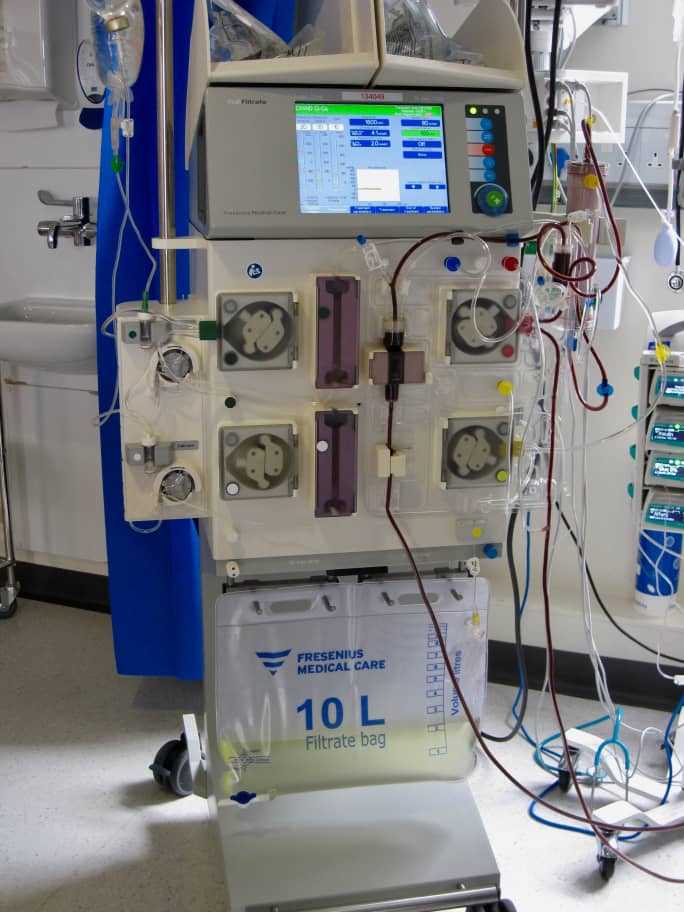
Rutendo Mazhindu
Zim Now Reporter
For hundreds of Zimbabweans battling kidney failure, the hope for a second chance at life lies beyond the country’s borders, in medical facilities in India or South Africa.
With no local kidney transplant program in place, patients are left with no choice but to travel abroad, incurring staggering expenses that place immense financial strain on families. The pressing question many are asking is: why hasn’t Zimbabwe invested in its own transplant infrastructure?
Counting the Costs
Patients with kidney failure in Zimbabwe face two daunting options: long-term dialysis or seeking a kidney transplant abroad. While dialysis is a lifesaving treatment, it is both costly and unsustainable. A year of haemodialysis costs approximately US$37 395, while peritoneal dialysis costs about US$$11 426 annually.
Over time, these expenses accumulate, creating a heavy financial burden. A kidney transplant, in contrast, is a more cost-effective long-term solution, yet it remains out of reach for many due to its high upfront costs. A procedure in India or South Africa costs between US$13 000 and US$24 000, depending on donor compatibility.
However, additional expenses for travel, accommodation, and other logistics range from US$600 to US$1 800, making it an insurmountable hurdle for most families. For many, funding a transplant requires years of savings, loans, or even the sale of assets.
Former Minister of Health and Child Care, Dr. Obadiah Moyo, has emphasiaed the urgent need for a local kidney transplant program. “Zimbabwe records approximately 1,000 new cases of kidney failure per million people annually, and this number is growing,” he stated. “The government must prioritize establishing a living donor-related transplant program. It is both a moral and economic necessity.”
Dr. Moyo further explained that the cost of developing a local transplant program is significantly lower than what patients are currently spending overseas. Equipment such as the LifePort machine, used to preserve kidneys, costs around US$4 039 annually for depreciation, while preservation-related costs for machine perfusion stand at US$1 182 per transplant—a fraction of what patients spend on treatment abroad.
Related Stories
Why Zimbabwe Needs to Act
Patients and their families are calling on the government to take immediate action in developing local transplant facilities. Beyond the financial burden, the lack of a local solution denies many the chance of survival.
In an interview with Zim Now, a Harare resident shared her heartbreaking experience: “I had to sell my house to fund my husband’s transplant in India. We were left with nothing, but it was the only way to save his life.”
For others, the frustration lies in the government's failure to prioritize healthcare. Tatenda Mupandaguta voiced his concerns: “We need more than words. How can the government spend millions on other projects while we are dying for lack of a basic healthcare service?”
He further urged the government to invest more in the health sector by purchasing necessary equipment for kidney transplants and adopting cost-saving measures.
Advocates for healthcare reform argue that establishing a local transplant program could also reduce the cost of dialysis for patients waiting for transplants. Currently, dialysis remains the only available treatment for kidney failure in Zimbabwe, but it is expensive and unsustainable for both patients and healthcare providers.
Developing a kidney transplant program in Zimbabwe requires significant investment in infrastructure, training for medical professionals, and public awareness. It also demands political will.
Dr. Moyo remains optimistic about the prospect of a local program. “The government has indicated its willingness to support the development of a kidney transplant program. It’s now a matter of implementation.”
Meanwhile, patients like Patience Makiwa, a mother of four who has been on dialysis for a year, continue to wait for a solution. “I’ve spent everything I have just to stay alive,” she said. “All I want is a chance to live long enough to see my children grow up.”
As Zimbabwe looks to the future, the hope is that this much-needed medical breakthrough will arrive sooner rather than later, offering a lifeline to the thousands of lives.

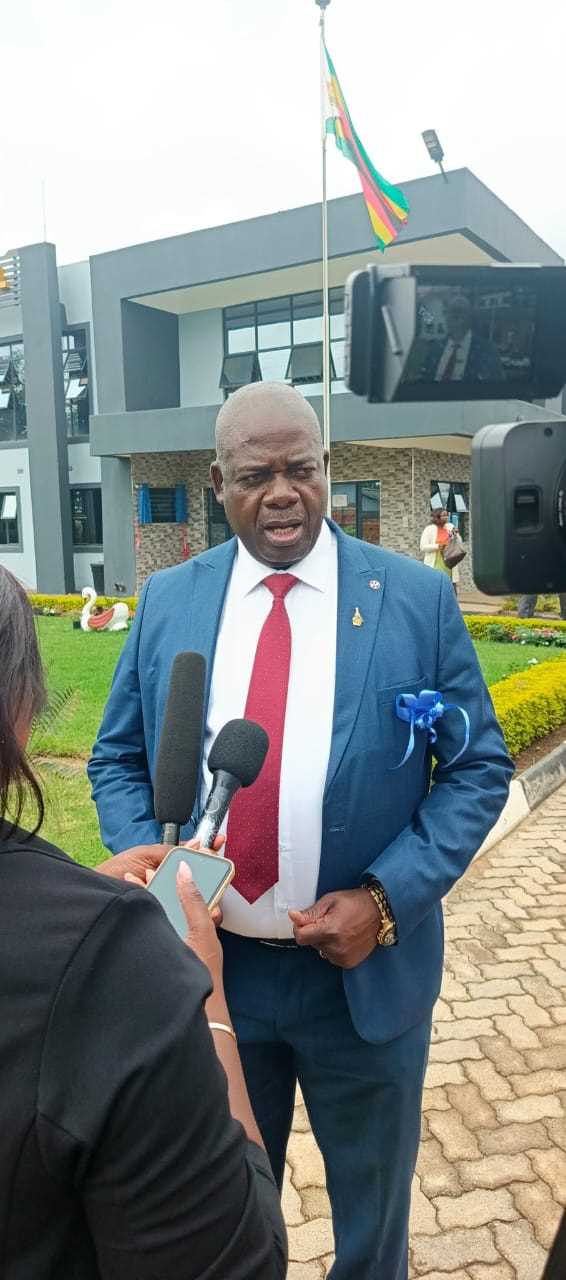
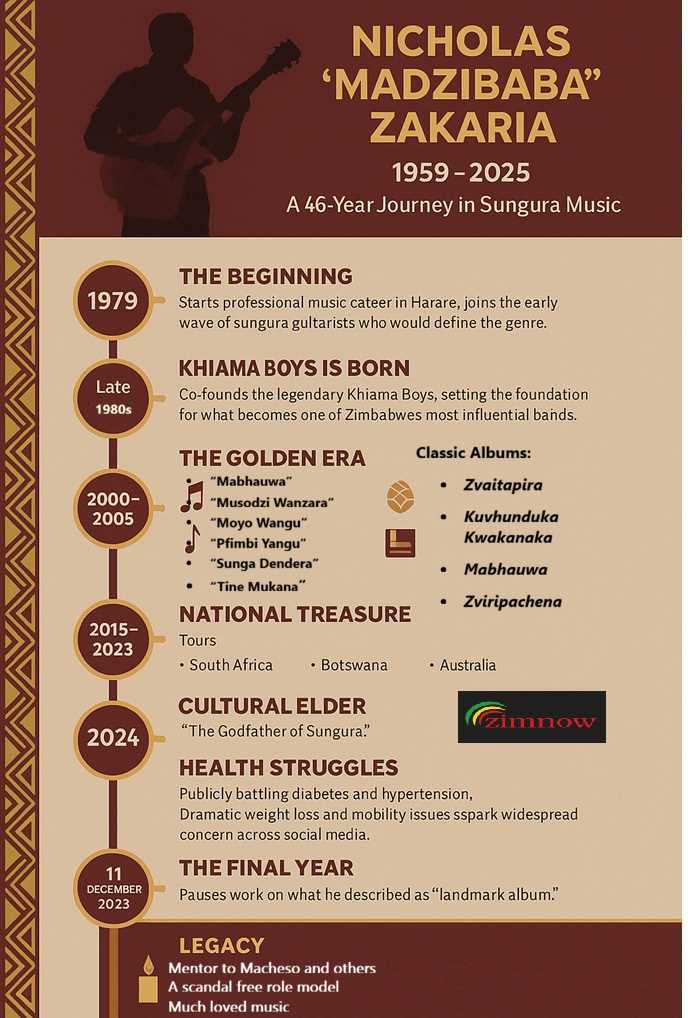







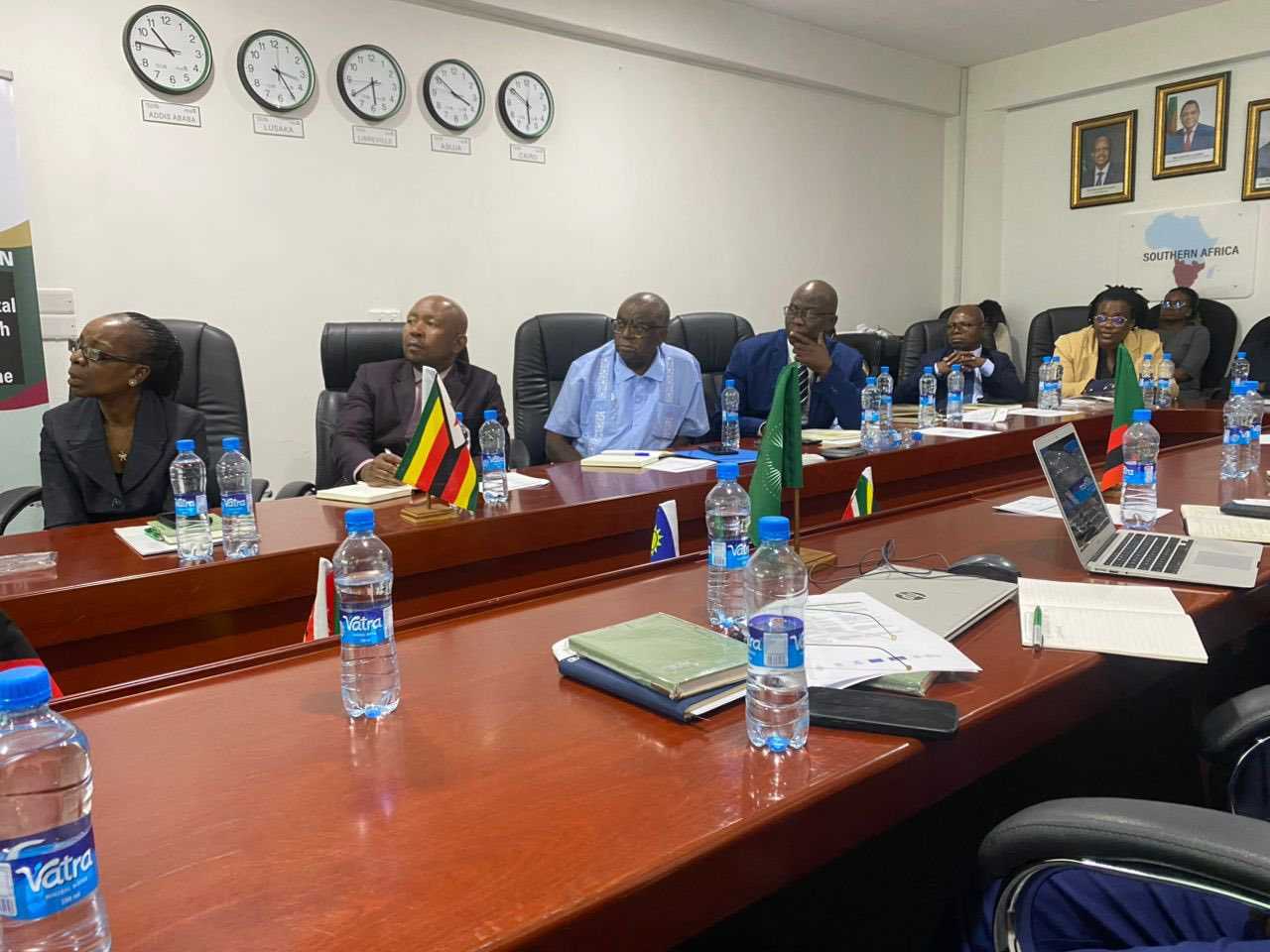



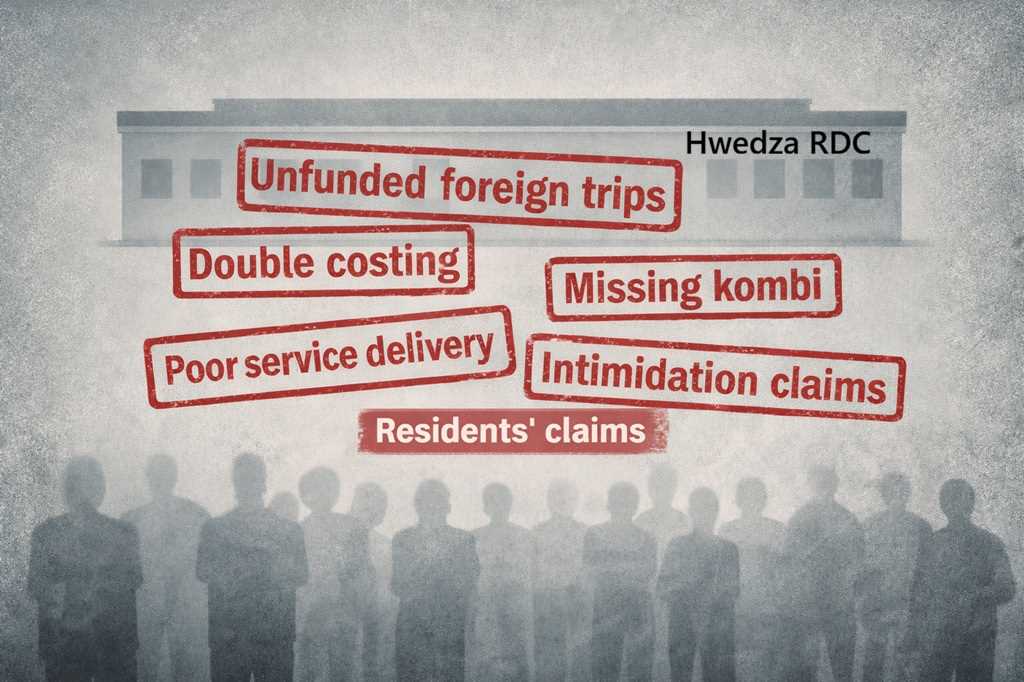




Leave Comments